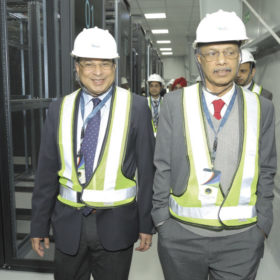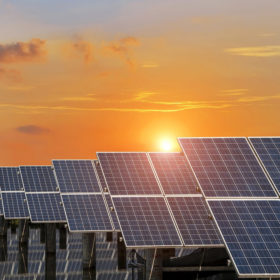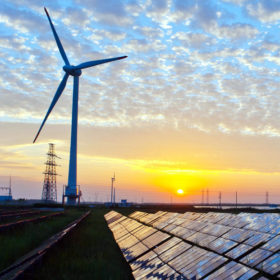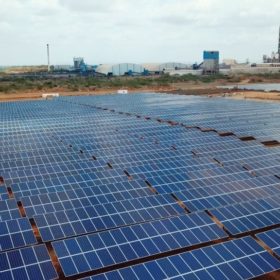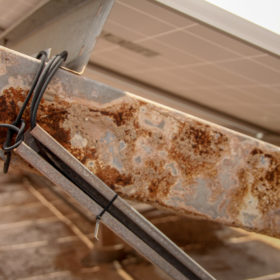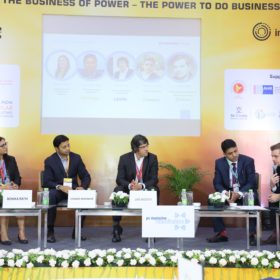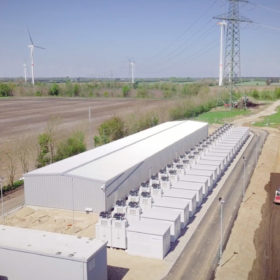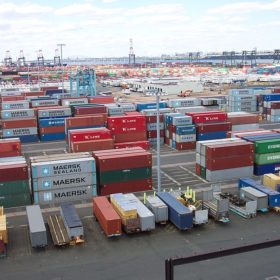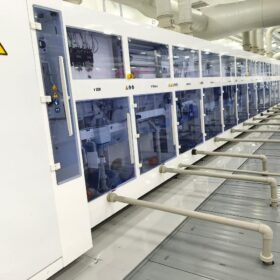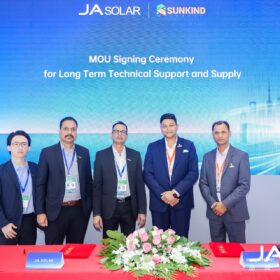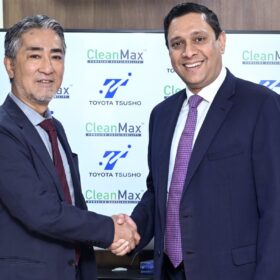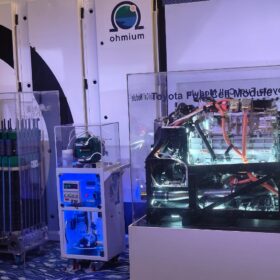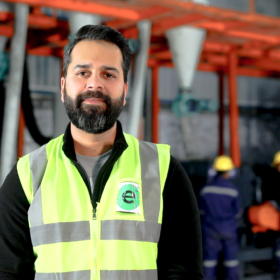The long read: The curious case of utility-scale storage in India
India’s transition toward electric vehicles and renewable generation makes a strong case for grid-scale battery storage. And with the government going all out to ensure that demand is met through local manufacturing, ample opportunity is being created for joint ventures – as the country, at present, lacks the requisite experience.
The impact of corporate tax rates cut on solar industry
The government’s move to slash corporate tax rates to 22% from 30%—and to 15% for new manufacturing companies—has largely been hailed by the solar industry even as it feels impact will be limited.
Green capital at scale urgently needed for emerging economies: CEEW
Lower-middle and low-income countries, which account for 40% of the world’s population, get less than 15% of energy investment.
Rising interest in floating PV at Future PV Roundtable
High levels of interest in floating solar installations in the Indian market was demonstrated on the second day of the Renewable Energy India Expo, which concludes today in New Delhi. The pv magazine Future PV Roundtable addressed the theme in a full-house conference session, where many questions were raised about module and array durability and performance, along with monitoring, O&M and safety considerations.
Fourth Partner commissions 10 MW solar for Bharathi Cement
The ground-mounted plant—located at the Kadapa cement manufacturing facility in Andhra Pradesh—was completed in a record two months for captive electricity consumption.
Indian renewables leaders split over need for regulation
While some of the industry insiders gathered at REI 2019 have made predictable calls to be free of the restrictions imposed by regulators, others maintained policy support is crucial and audience members voiced concern about India’s lack of recycling rules.
In leaps and bounds
Policies, non-government initiatives and market forces have started driving the adoption of more rigorous quality-assurance practices in Indian PV project and module manufacturing this year.
Preventing PV failures and fires hot topic at Quality Roundtable REI 2019
pv magazine’s Quality Roundtable at this year’s Renewable Energy India (REI) Expo in Greater Noida saw industry experts touch upon issues arising out of wrong component selection and handling—including for cables and connectors to module mounting structures. They also shared the best practices to ensure long life of solar system installations.
Solar-plus-storage can boost investor confidence
A British study has found co-location of solar and storage may accelerate the deployment of profitable merchant renewable energy projects in the United Kingdom. The report predicts installed solar capacity in the U.K. could increase from around 13 GW next year to 19 GW in 2030 and 32 GW in 2040.
Trina opens trade show by announcing more than 4 GW of module shipments to India
The Chinese manufacturer claims to be the first company in the nation to supply that volume of solar modules. The news is unlikely to be welcomed by a government desperate to foster its own solar manufacturing sector.
